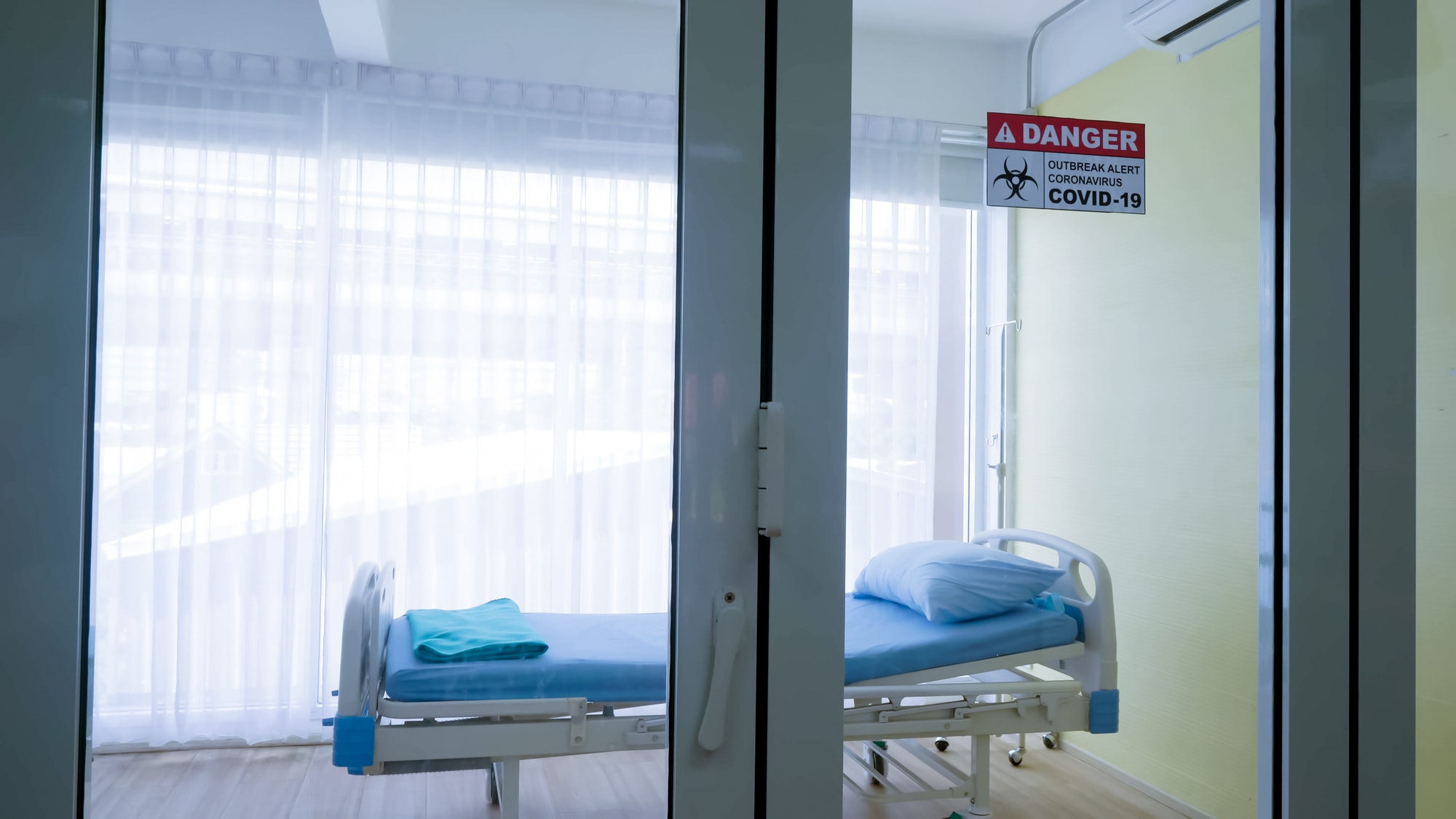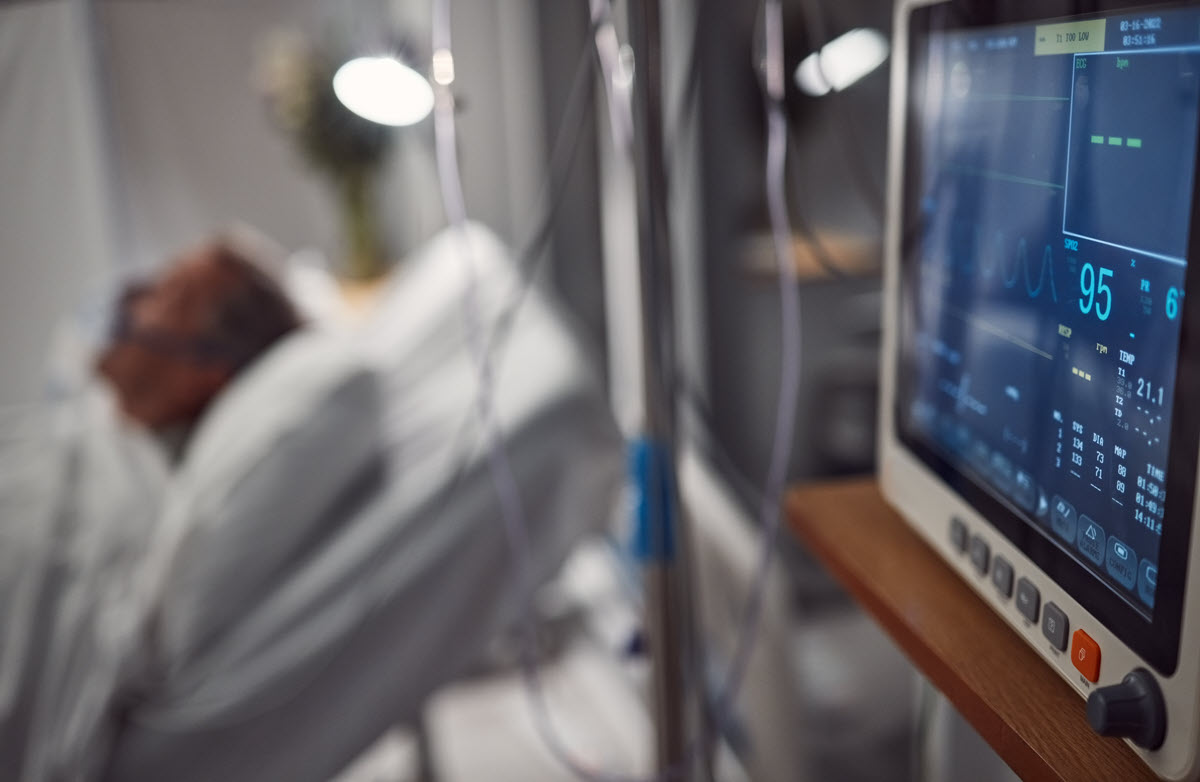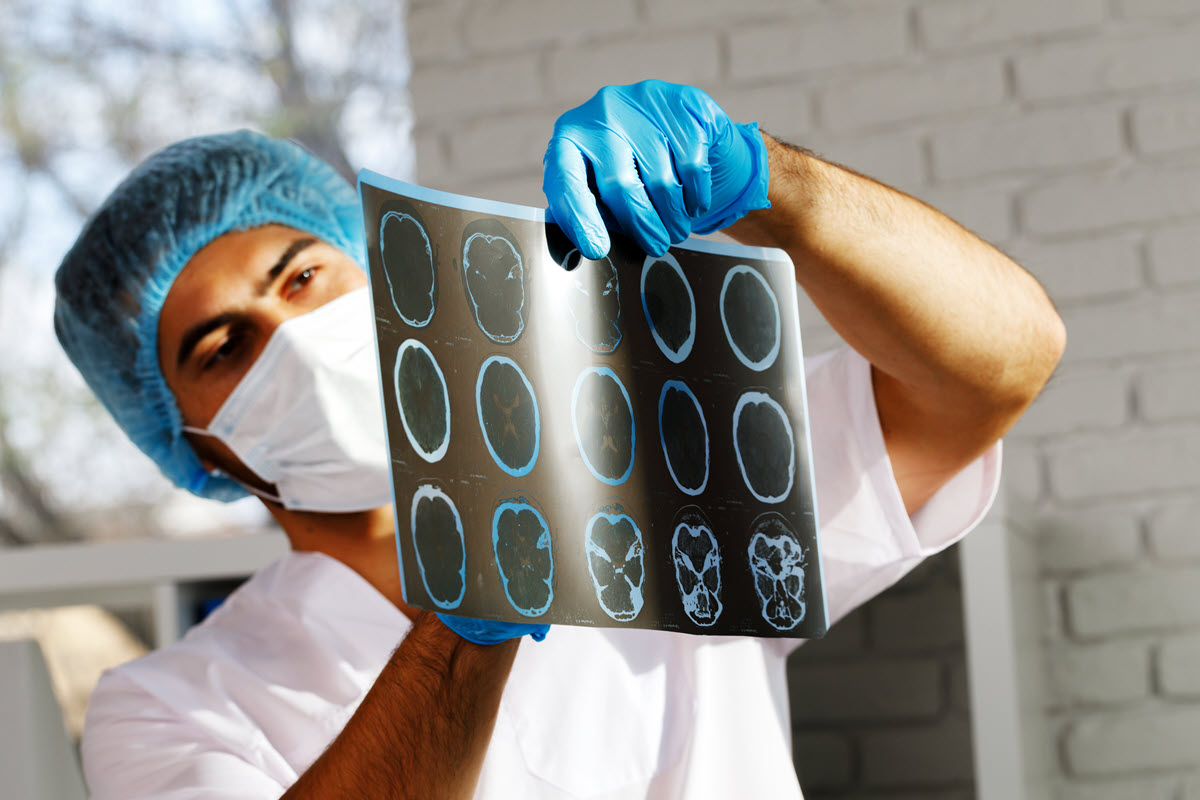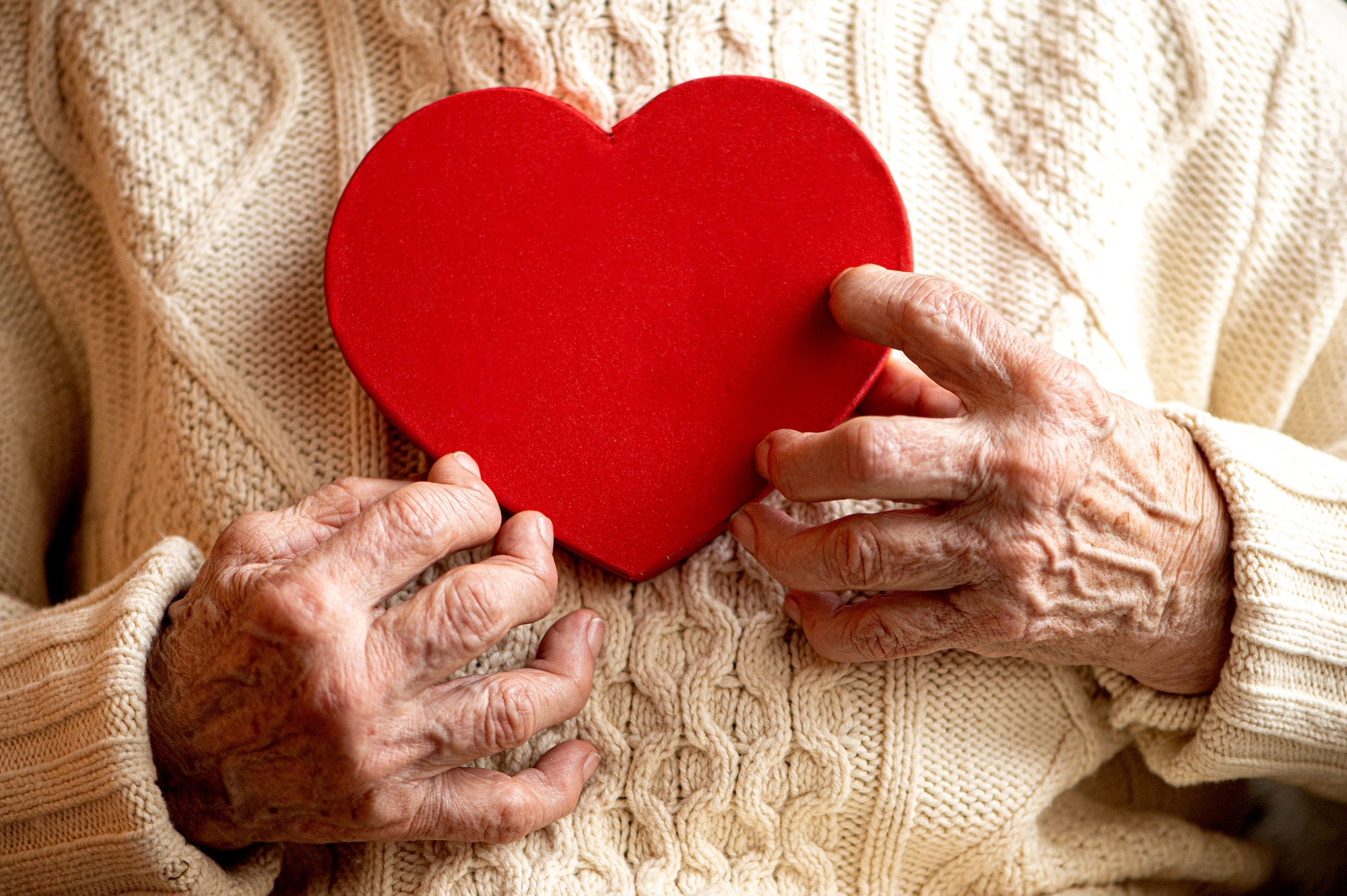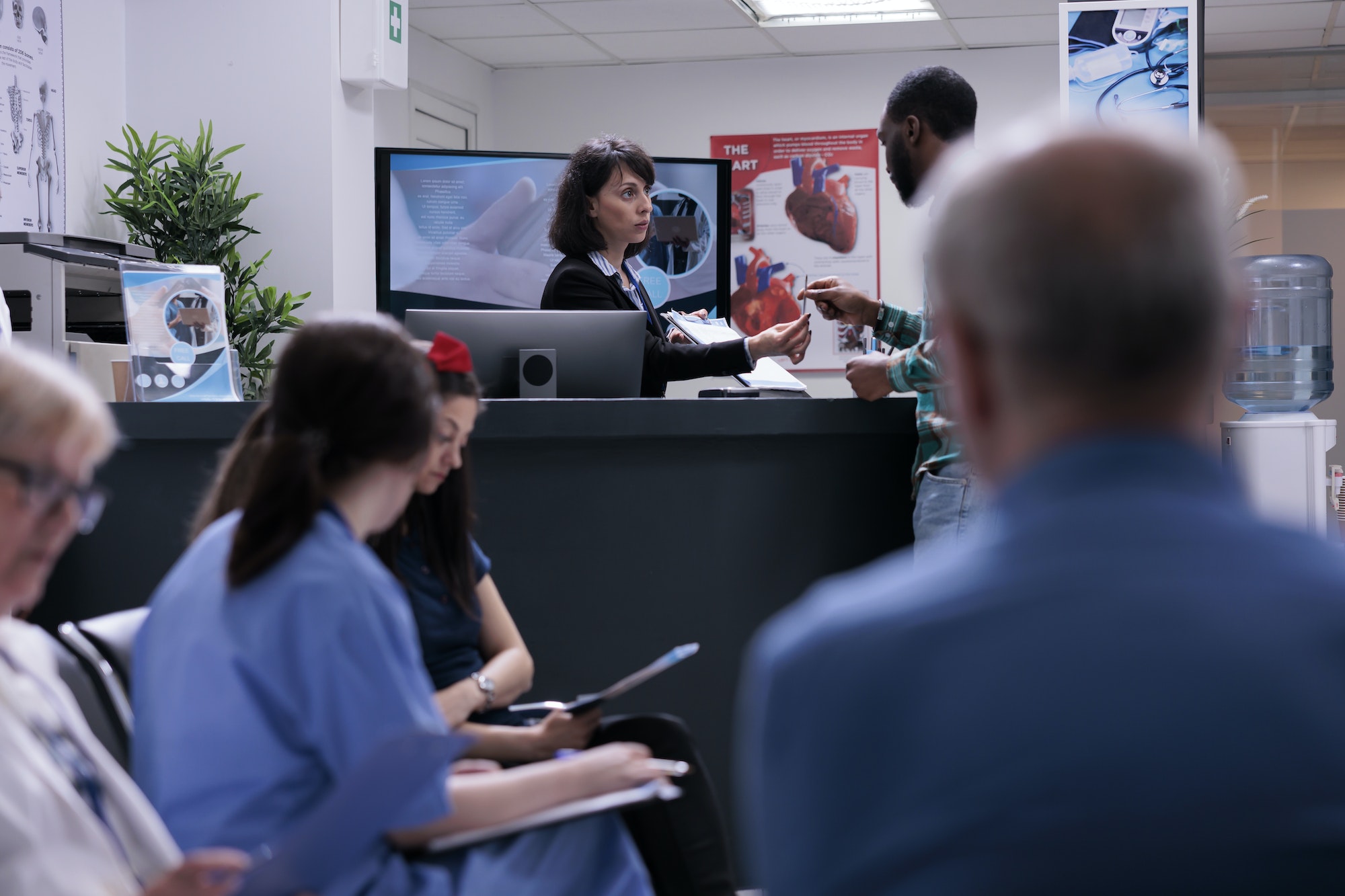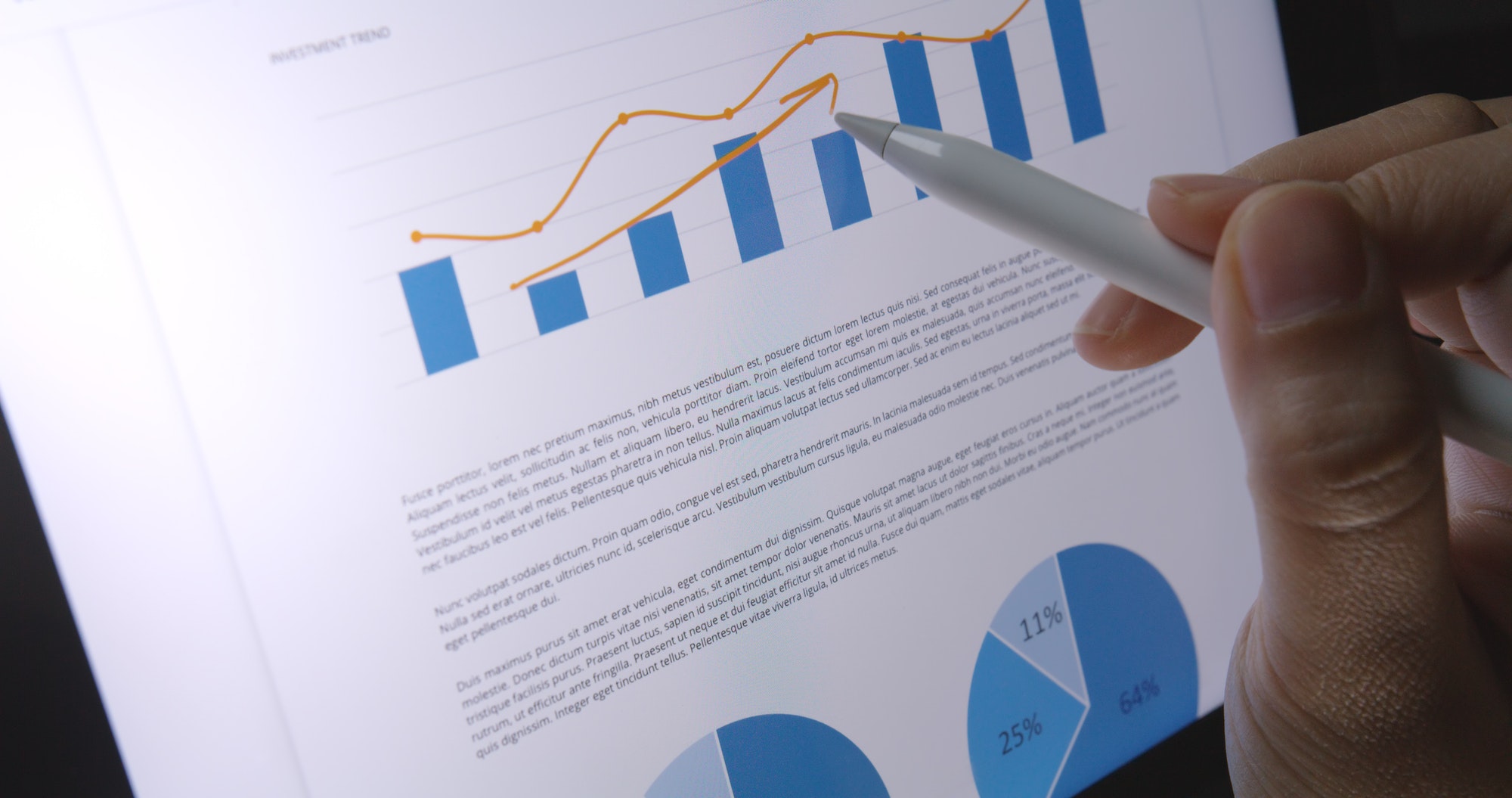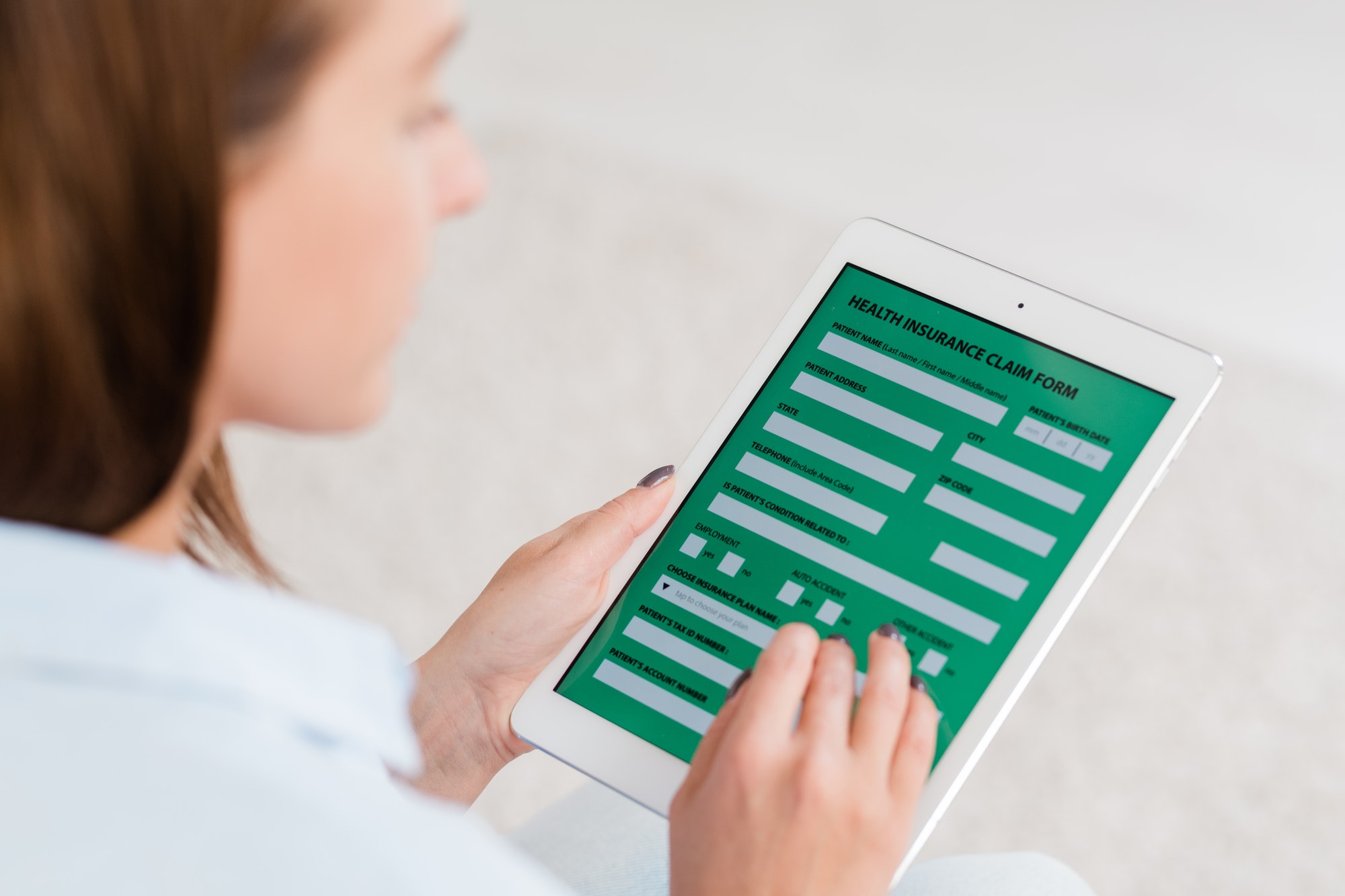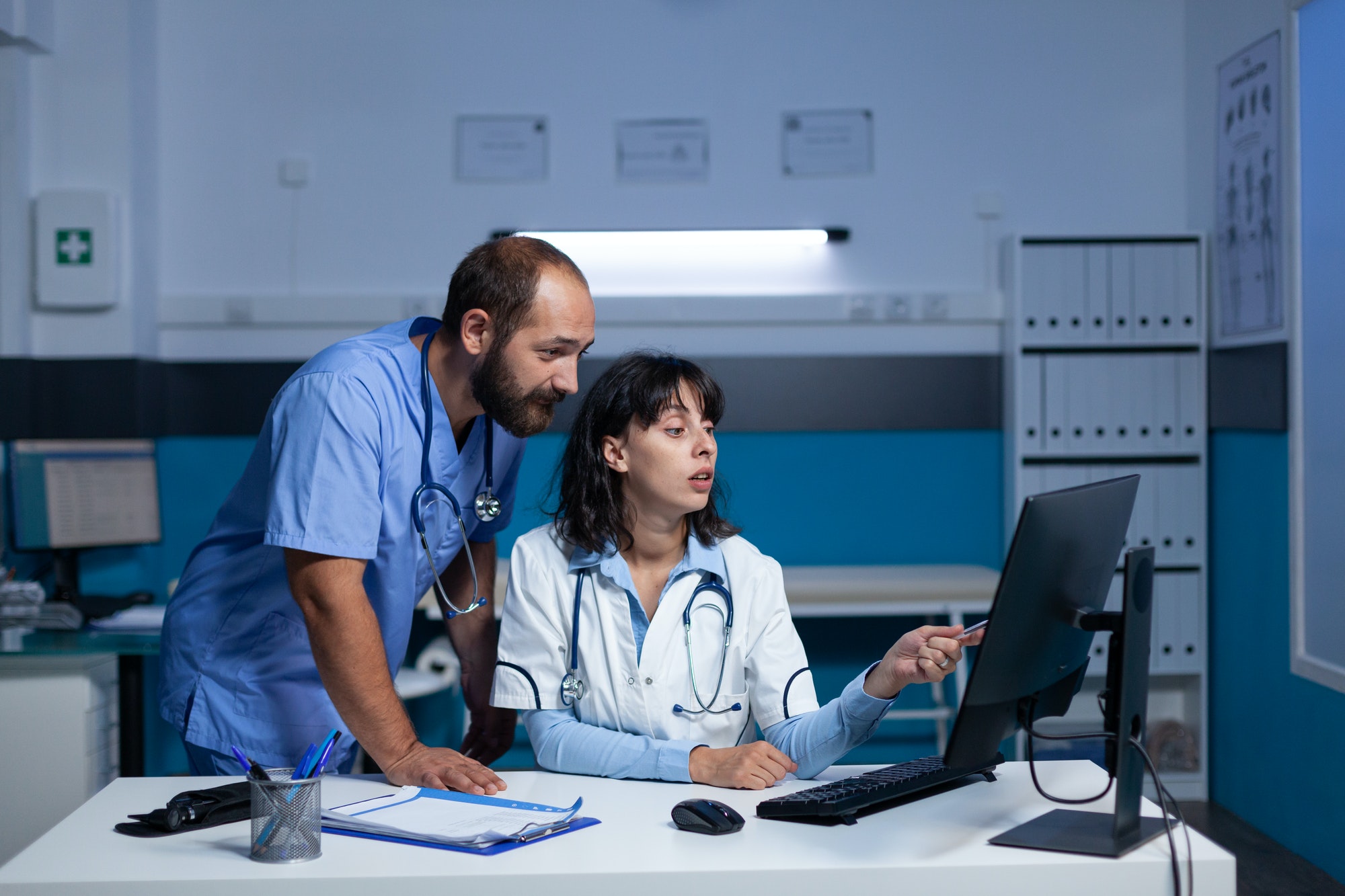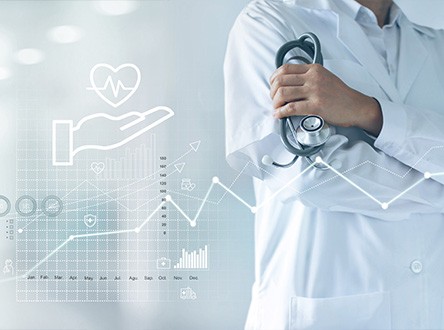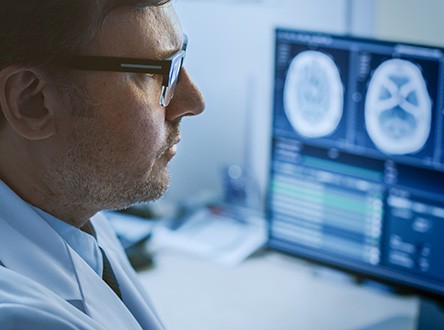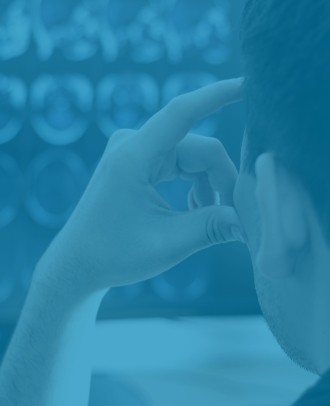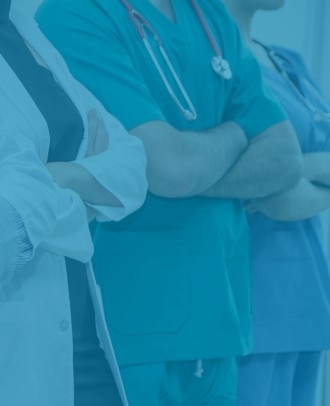DISCLAIMER: The below blog entry was written by an outside, unrelated party and does not necessarily express the opinions or views of or associated with the RemoteICU brand or the individuals associated with the RemoteICU brand. The blog is not necessarily endorsed or supported by RemoteICU nor was the entry reviewed and accepted by individuals associated with RemoteICU. The blog entry is provided simply to address and create interest in topics of import related to telemedicine. Your own independent research and decision-making and seeking of expert / professional opinions are required before you make any decisions whatsoever or form any opinions with respect to any topics addressed therein. By reading the blog entry, you consent to accepting the terms and conditions in this disclaimer.
In the second installment of this series, we explore challenges in identifying hospital-acquired infections (HAIs) and the importance of teleICU or e-ICU.
How does one know it’s an HAI?
Difficulties in diagnosing HAIs are a stumbling block in the path to HAI reduction and prevention –. In layman’s terms, how does one demonstrate that an infection was contracted during a hospital stay? In an effort to keep healthcare workers, policy-makers and the public informed, The World Health Organization (WHO) publishes a list of the most-crucial diseases with regard to mortality and morbidity. However, HAIs do not appear on the WHO list, primarily because diagnosing HAIs is complicated and relies on many criteria, not simply a laboratory test. This diagnostic problem has yet to be solved.
The Robert Koch Institute (RKI) defines HAIs as infections in which the day of first symptoms is no earlier than the third-day post-admission. However, disease incubation periods are variable thus this definition may not be able to categorically prove or disprove that a given patient infection was acquired in the hospital. The RKI is the German government agency and research institute responsible for disease prevention and control. According to RKI, in Germany, around 400,000 to 600,000 patients suffer an HAI annually and 10,000 to 15,000 of these patients die as a result of the HAI.
Surgical site infections, pneumonia, and urinary tract infections are typical problems which are encountered by healthcare providers.
Since the early 1990s, antibiotic-resistant bacteria, which by virtue of their antibiotic-resistance are particularly difficult to treat, have become increasingly-frequent causes of HIAs. Robert Koch Institute scientists study the resistant microorganisms’ molecular-genetic properties. and they analyze how these resistant pathogens spread. The institute releases online statistics regarding antimicrobial resistance and antibiotic use. They also publish regularly-updated guidelines on the use of sanitation measures to avoid hospital infections.
Hygiene in practice is an online community of people concerned about clean and sterile working environments as a way to help healthcare professionals keep themselves and their patients healthy and safe. An article in Hygiene in practice points out that the risk for contracting infections relates to the types of medical procedures and therapies performed and the patient’s underlying diseases (so-called risk areas). Some of the highest infection rates are in ICUs, where patients are at high risk of infection due to the severity of their disease and the intensive, and often invasive, treatments they receive. The type of infection contracted is often determined by the nature of the patient’s existing illnesses and the patient’s individual susceptibilities. The most common HAIs are urinary tract and wound infections, ventilator-associated pneumonia (especially during the Covid-19 pandemic), and primary sepsis.
The article explains that experts suspect and declare an HAI outbreak or epidemic based on the Infection Protection Act definition, namely, when two or more patients suffer from nosocomial infections after medical treatment. Around 85% of nosocomial outbreaks are due to viral pathogens and the remaining 15% are bacterial. Although these infections are subject to mandatory reporting, many outbreaks go unreported and/or undetected.
eICU is not just telemedicine
Critical Care Medicine, the peer-reviewed monthly medical journal of the SCCM (Society of Critical Care Medicine), which covers issues related to the practice of intensive care medicine, published an article titled “The eICU: It’s not just telemedicine.” The article states that significant quality improvement cannot occur without the thorough monitoring of operating and clinical performance. In addition, the article discusses an ICU care plan utilizing a single knowledgeable care coordinator. The article touts the importance of “multidisciplinary critical care”, the collaboration of multiple specialized caregivers whose combined expertise creates an ideal care environment. It also points to the shortages of nurses, pharmacists and board-certified ICU physician leading to a lack of such teamwork. This also has important consequences for the delivery of ICU care in that it will be impossible to improve quality of care or reduce costs if these “scattered efforts in health care to coordinate information” continue without improvements in the monitoring of systemic operations and clinical performance without Information sharing. This is also especially relevant to the issue of HAIs. Collating and sharing analytics is essential to the identification), tracking, and treatment of nosocomial infections. Furthermore, rapid diagnosis of HAIs can prevent further spread and additional consequences such as extended LOS or even death.
The authors hold that current technologies permit this type of approach to be applied to ICU patient care. A solution presented is ICU telemedicine, defined as “the use of medical information exchanged from one site to another via electronic communication for health and education of the patient or health care provider and for the purpose of improving health care.”
In summary, caregivers must have access to detailed, disease-specific information in order to be able to assess relationships between disease states, care processes, and patient factors.
